Kangol's journey began in 1918 when Jacques Spreiregen imported berets from France. By 1938, the brand was officially established, skillfully blending knitting, Angora, and wool in its name. The British Army's demand during World War II elevated Kangol's status, especially when the Olympic team donned its berets in 1948. Throughout the '50s and '60s, celebrity endorsements and iconic caps cemented its reputation as a fashion staple. The brand carved out its niche in hip-hop during the '70s, gaining popularity among stars like LL Cool J. This fusion of style and culture has ensured Kangol's enduring relevance in the fashion world, with much more to explore regarding its impactful influence.
Origins of Kangol
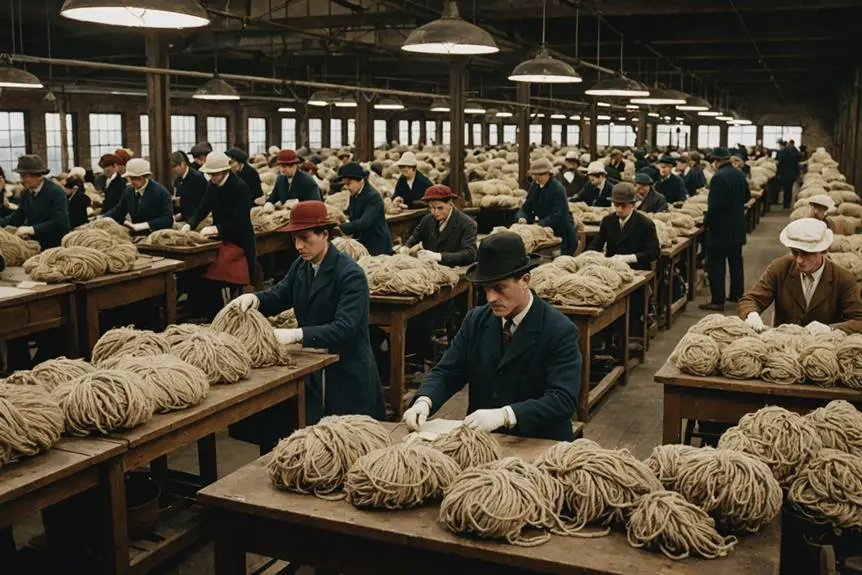
Kangol's journey began in 1918 when Jacques Spreiregen established the brand in the UK, initially focusing on importing Basque berets from France. This early focus on berets laid the foundation for what would become a significant British fashion staple. In 1938, the brand name 'Kangol' was coined, cleverly merging the concepts of knitting (K), Angora (ANG), and wool (OL). This clever branding not only reflected the materials but also hinted at the brand's identity. The brand's evolution into a global fashion powerhouse in the 1980s was marked by its iconic logo identification, which showcased the playful spirit of Kangol.
During World War II, Kangol's prominence surged as it supplied berets to the British Army, further solidifying its reputation as a provider of quality headwear. The functional yet stylish berets became synonymous with British identity, especially when the British Olympic Team donned famous Kangol berets at the 1948 Olympics, elevating the brand's visibility on an international stage.
Kangol hats shifted from utilitarian military gear to fashionable accessories, all thanks to Spreiregen's vision and the brand's adaptability. By establishing its first factory in Cleator, Cumbria, England, Kangol began its journey towards becoming an iconic symbol of British culture, forever linked to the kangaroo, an emblem of its innovative spirit.
Rise to Popularity
Throughout the 1950s, a burgeoning cultural shift in both the UK and the US positioned Kangol as a fashion icon. The British clothing company, initially famous for its berets, saw its headwear embraced by celebrities like Bing Crosby and The Beatles, amplifying its charm. As you navigate through the decades, you'll notice the pivotal launch of the iconic 504 cap in the 1960s, which further solidified Kangol's status in the fashion landscape.
Kangol's visibility skyrocketed through its appearances in films and music videos, enchanting audiences across diverse demographics. By the 1970s and 1980s, the brand became closely associated with hip-hop culture. Artists like LL Cool J and Run-DMC prominently showcased Kangol hats, creating a strong visual connection that resonated with urban youth culture.
This unique blend of distinctive design and functionality not only expanded Kangol's appeal but also propelled its reach beyond the UK and US markets, making it a staple in the wardrobes of many. As you reflect on Kangol's rise to popularity, it's clear that cultural influences and collaborations played a significant role in establishing its enduring legacy.
Hip-Hop Influence
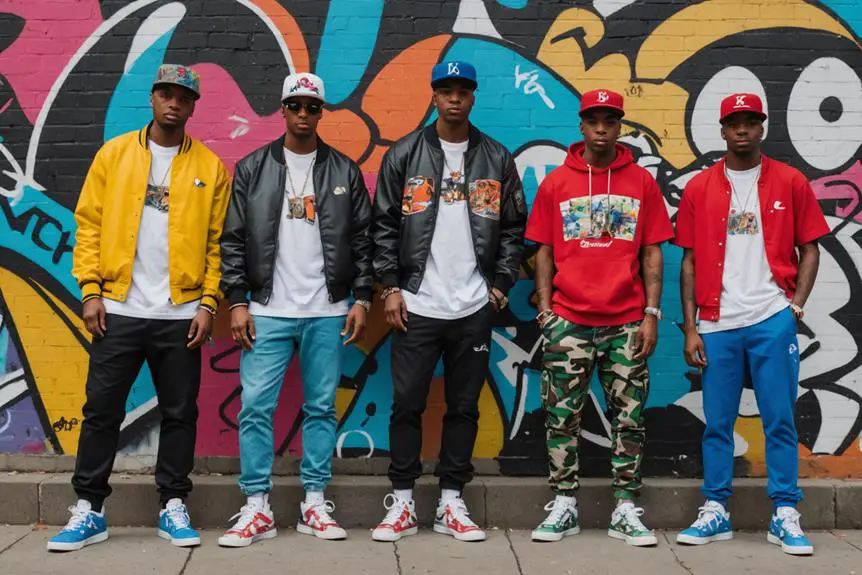
During the vibrant 1970s and 1980s, the hip-hop scene embraced Kangol hats as essential symbols of urban identity and style. This British clothing company found itself at the intersection of music and culture, with artists like LL Cool J and Run-DMC turning the Kangol hat into an iconic piece of headwear. The Bermuda Casual, in particular, became synonymous with urban fashion, representing not just a trend but a movement.
As you explore the world of hip-hop, you'll notice how deeply embedded Kangol hats became in the genre. LL Cool J famously showcased them in his music video for "I Need Love," cementing their place in the cultural zeitgeist. Alongside Slick Rick, Grand Master Flash, and Kool Moe Dee, these artists transformed the Kangol hat into a staple of hip-hop style, embodying a blend of confidence and creativity.
The brand's visibility soared with its appearances in popular media, like the film "New Jack City," where characters donned Kangol hats, further reinforcing their cultural significance. Through these influences, the Kangol hat transcended mere fashion, evolving into a powerful emblem of hip-hop culture.
Modern Developments
The evolution of Kangol in the modern fashion landscape illustrates how a brand can adapt while retaining its cultural roots. Acquired by Bollman Hat Company in the early 2000s, the Kangol brand transformed into a lifestyle brand, broadening its product range to include not just hats but clothing and accessories as well. This strategic shift allowed Kangol to connect with a younger audience while preserving its iconic identity.
Collaborations with notable designers such as Joyrich, Supreme, and Stussy have further enhanced its appeal, showcasing a commitment to quality and innovation. These partnerships not only underscore the brand's relevance in today's competitive market but also highlight its cultural significance, especially within the hip-hop community that initially propelled it to fame.
In 2013, Kangol celebrated its 75th anniversary with global activations that artfully blended art, music, sport, and fashion, reinforcing its status as a cultural icon. Despite closing its original UK factory in 2009, Kangol continues to prioritize craftsmanship by producing hats in Eastern Europe and the United States. Through these modern developments, Kangol remains a demonstration of the power of adaptive heritage in fashion.
Current Status and Offerings
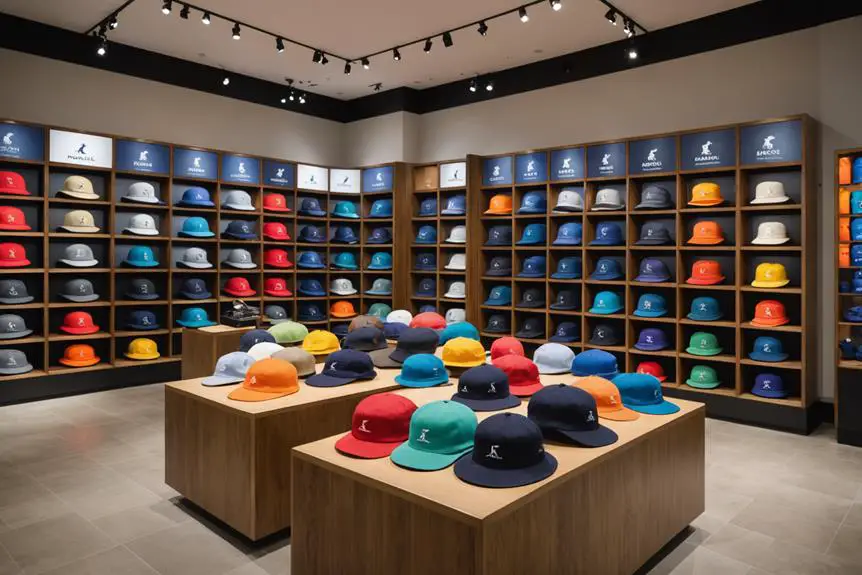
Kangol consistently maintains its position as a leading brand in hat design and manufacture, known for its commitment to quality craftsmanship and innovative designs. As a British clothing company famous for its unique headwear, Kangol has successfully adapted to shifts in fashion and culture, particularly within the Hip Hop scene. You'll find that their product range now includes not only the iconic Kangol berets but also Casual Bucket hats and a variety of accessories that cater to different lifestyles.
Through strategic collaborations with influential designers like Joyrich, Supreme, and Stussy, Kangol has redefined itself as a lifestyle brand, appealing to diverse demographics while preserving its distinctive aesthetic. This adaptability highlights its innovative designs and ability to resonate with contemporary trends, guaranteeing relevance in a fast-paced market.
Despite facing challenges, such as factory closures in the UK, Kangol continues to produce its headwear in Eastern Europe and the United States, maintaining a strong global presence. This commitment to quality and cultural relevance guarantees that Kangol remains a staple in fashion, appealing to both nostalgia and modernity.
Frequently Asked Questions
What Is the Origin of the Kangol Brand?
You'll find the Kangol brand originated in 1918, when Jacques Spreiregen began importing French berets to England. Its name, blending knitting, angora, and wool, emerged in 1938, symbolizing innovation in headwear design and production.
What Does Kangol Stand For?
Kangol stands for quality craftsmanship and style, blending its origins in knitting, angora, and wool. You'll find its unique identity in the iconic kangaroo logo, symbolizing a commitment to innovative and fashionable headwear.
Is Kangol a Luxury Brand?
You'll find that Kangol positions itself as a luxury brand, reflecting high-quality craftsmanship and designer collaborations. Its iconic pieces, embraced by celebrities, elevate your perception of it within both streetwear and high-fashion domains.
Why Is Kangol so Popular?
Kangol's popularity stems from its blend of quality craftsmanship, innovative designs, and cultural connections. You'll find it embraced by diverse groups, thanks to its iconic status in music, fashion, and collaborations with contemporary artists.


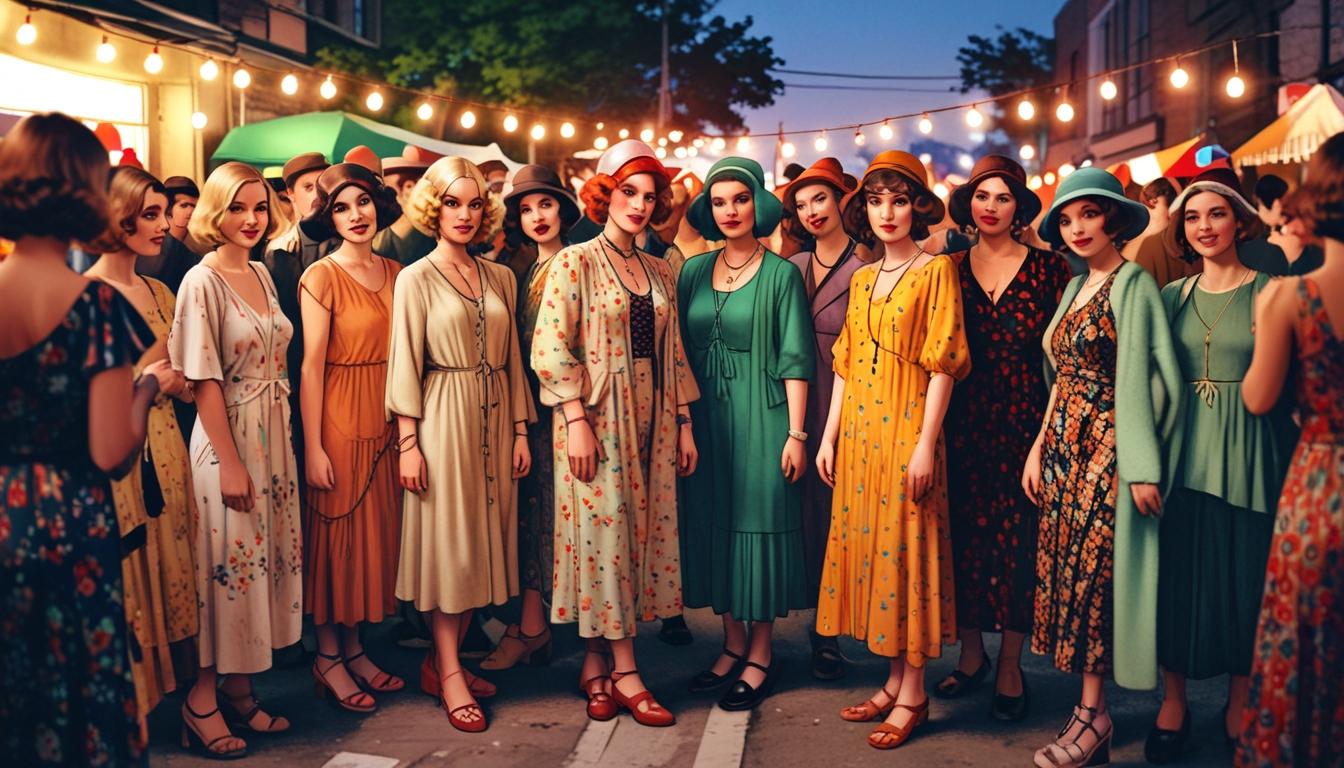
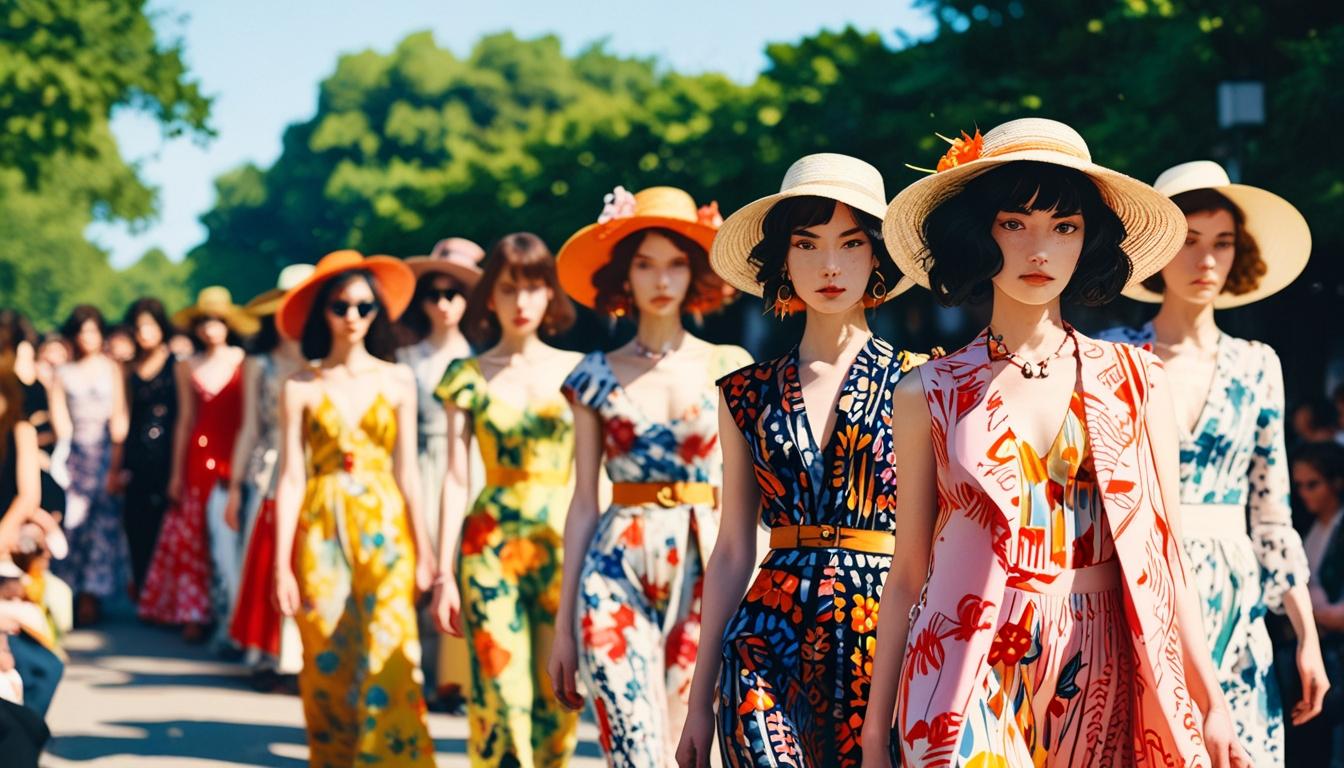
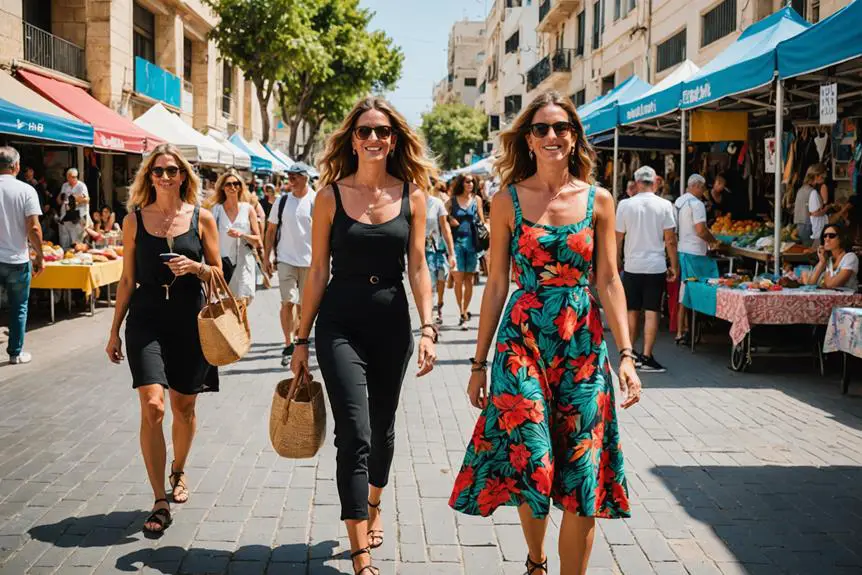
Institutional investment in crypto